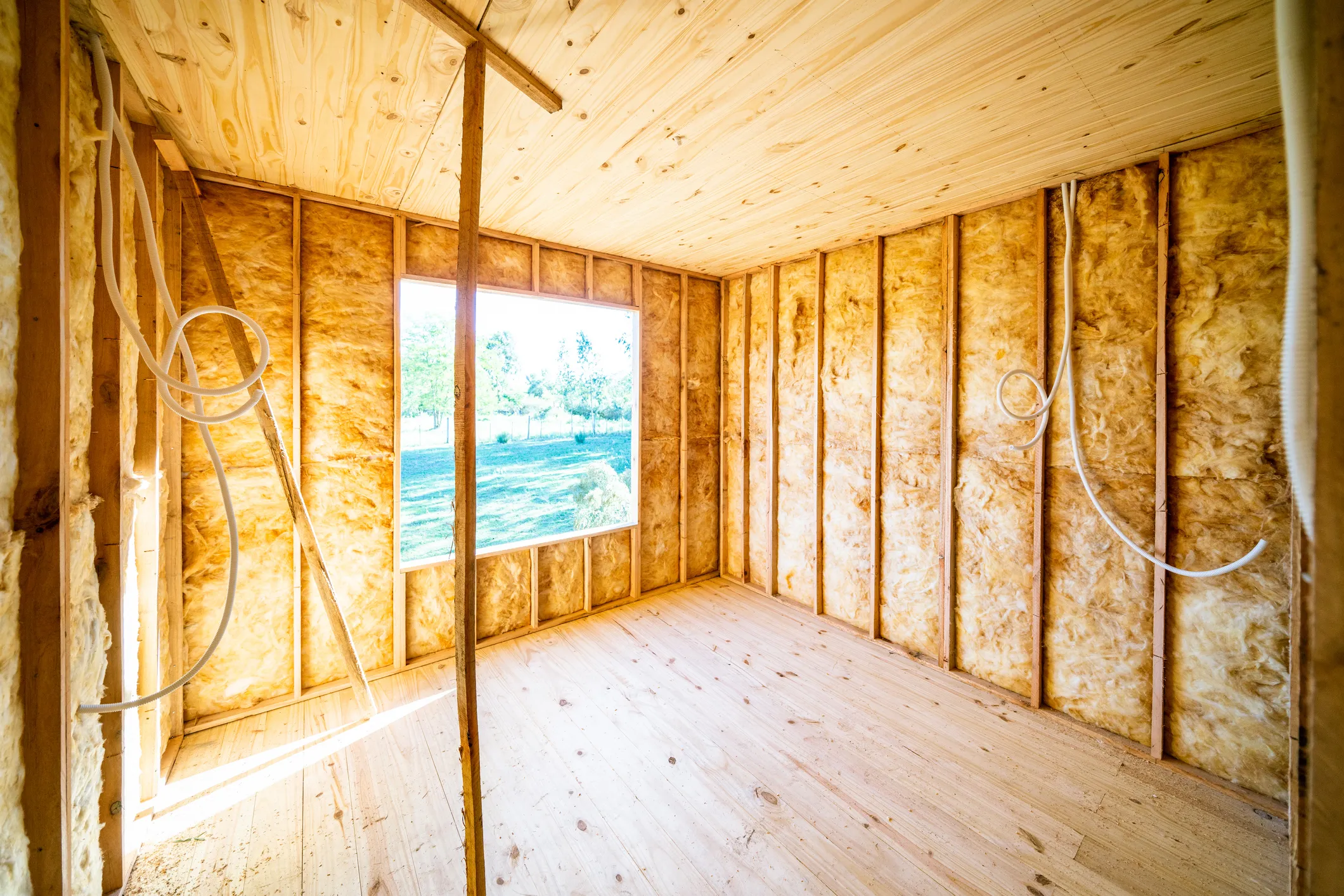Do Internal Walls Need to be Insulated?
When contemplating home improvements, the question of whether it’s worth insulating your home’s interior walls often arises. If you’re interested in knowing if your interior walls are insulated and whether it’s worthwhile to add insulation if they’re not, the information below can help you decide.
Are Interior Walls Commonly Insulated?
In general, interior walls are not insulated. Interior walls are commonly left uninsulated during construction because the energy efficiency benefits are less than insulating exterior walls, floors and ceilings. Province and local codes don’t call for interior insulation, so in most cases it’s only added if the homebuyer specifically requests it from the builder. If you were not part of the building process, it’s a pretty safe bet that your home’s interior walls are not insulated.
Is it Worth Insulating Interior Walls?
You may want to insulate your interior walls for several reasons:
- Energy efficiency: Insulating interior walls helps maintain a stable temperature in various locations in your home, improving comfort and lowering the strain on your heating and cooling system.
- Reducing noise: When you add insulation to interior walls, you dramatically reduce the amount of sound traveling between rooms. This is particularly beneficial for creating a quieter and calmer atmosphere for a home office or nursery. It also helps contain the noise from a music room or home theater to avoid disturbing family members in other parts of the home.
- Moisture protection: Certain kinds of wall insulation can be a moisture barrier, stopping the buildup of dampness inside the walls of high-humidity spaces, such as kitchens, bathrooms and laundry rooms. Making sure these walls stay dry reduces the risk of mold, which can compromise indoor air quality and your home’s structural soundness.
- Fire protection: Certain kinds of insulation materials are fire-resistant, adding an extra degree of safety. If a fire starts in the home, insulated interior walls slow the spread of flames, providing you and your family more time to evacuate and potentially saving your property from substantial damage.
What Variety of Insulation Is Used for Interior Walls?
The ideal material for your interior wall insulation project is determined by your specific needs and goals. Here are some different forms to consider:
- Loose-fill insulation is appropriate for situations where walls are already up, as it can be blown into the interior of the walls through small openings that are easy to patch afterward. Without the need for extensive renovation, this method keeps the cost and construction-related headaches to a minimum.
- Spray foam insulation expands to fill cavities, cracks and gaps, making it perfect for uneven spaces or next to obstructions. It also has outstanding thermal qualities and sound dampening. Spray foam is a great choice if you’re building new interior walls, but it typically is more costly.
- Fiberglass batts are a popular, economical choice that are easy to install in new construction or home improvement projects where walls are haven’t yet been closed up and finished. They provide effective thermal performance but require careful installation to avoid gaps.
- Mineral wool is denser than fiberglass, which makes it a preferable option for fire resistance and soundproofing.
- Rigid foam board offers high insulation values in thin profiles, and therefore it is useful for new construction or major renovations that involve thin interior walls. However, it cannot be installed if walls are already closed—they must still be open.
Other Ways to Increase Home Efficiency
Even though insulating interior walls has perks, it doesn’t do a lot to lower your utility bills. If efficiency is your primary focus, try these improvements to see more results:
- Install additional attic insulation: This is the most effective place to add insulation to an existing home. A nice, big layer of attic insulation keeps heat from escaping in the winter and getting in through the ceiling when it’s hot outside.
- Seal air leaks: This requires finding and blocking leaks around doors, windows and other openings in exterior walls to keep warm or cool air from escaping. Caulk, weatherstripping and expanding spray foam are the most useful tools for this task.
- Install double-pane windows: If your home still has old, single-pane windows, consider opting for double-pane models for more insulation. This purchase helps keep your home warmer in the winter and cool and more comfortable in the summer.
- Upgrade to a smart thermostat: Thermostats with learning capabilities can change your home’s temperature based on your habits and preferences, optimizing energy use and lowering your utility bills.
- Replace old HVAC equipment: A new, energy-efficient furnace and air conditioner uses less energy to heat and cool your home than older and more inefficient models.
Improve Home Energy Efficiency in Edmonton with Service Experts Heating & Air Conditioning
Service Experts Heating & Air Conditioning can assist with many of your home remodeling plans. If it’s related to HVAC, plumbing or electrical, our experienced team can help! The certified technicians at Service Experts Heating & Air Conditioning provide fast, quality solutions with guaranteed results. If you’re not totally happy with our work, we promise to make it right. For inspiring solutions and expert service customized for your distinct needs, reach out to us at 587-404-0790 today to reach the team at Service Experts Heating & Air Conditioning.
